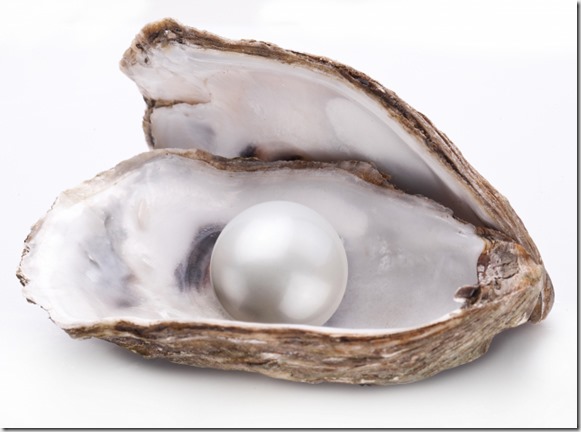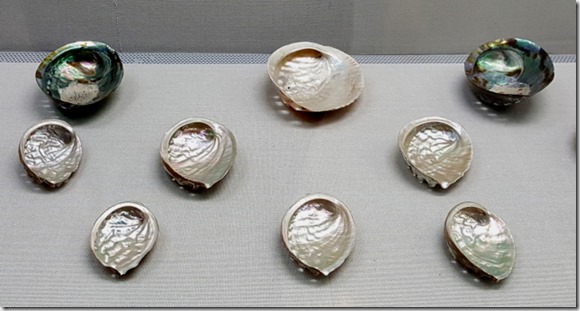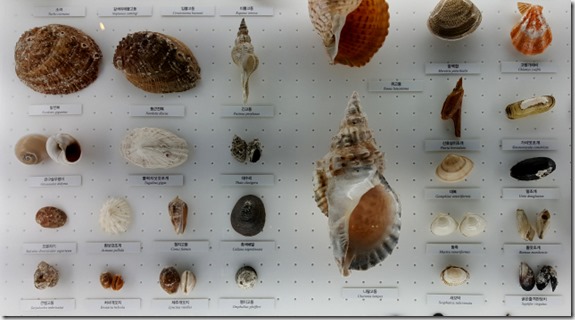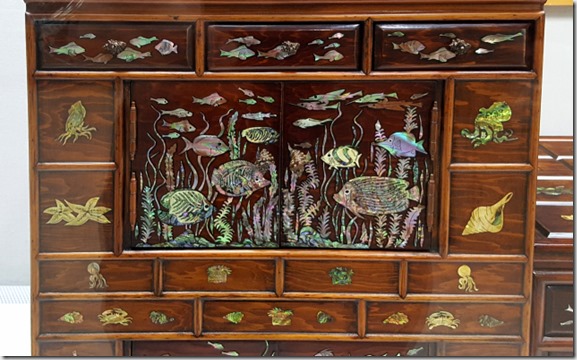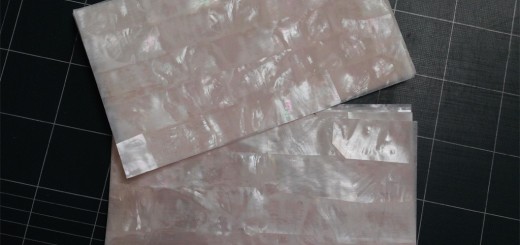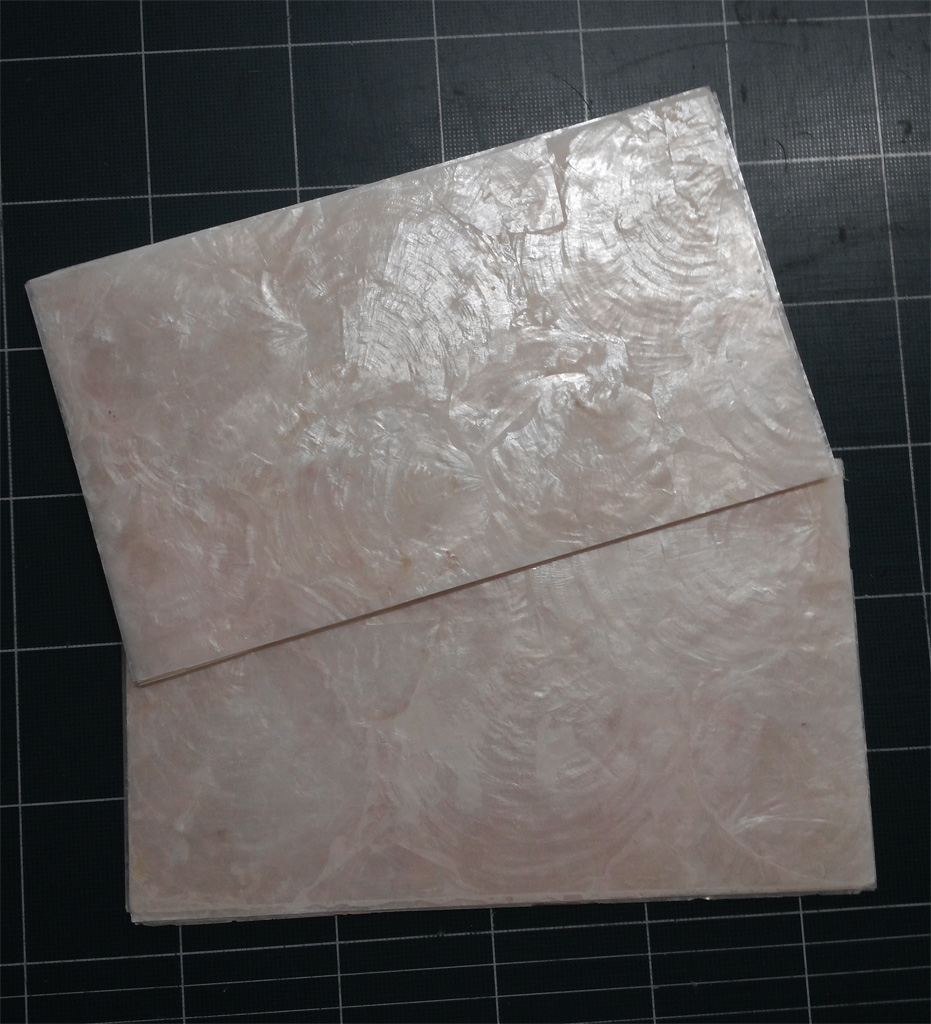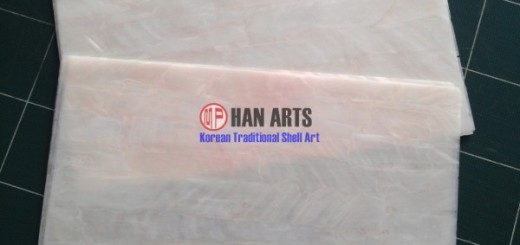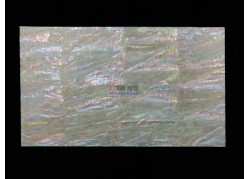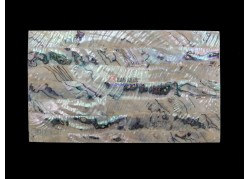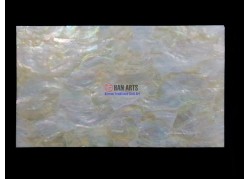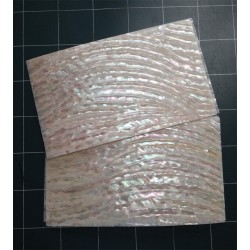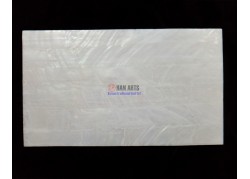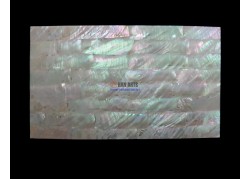It happened in Quanzhou, China. A fisherman found a 2 cm diameter golden pearl to groom to cook the seas he caught from the sea. This pearl is said to be more than 100 million won. In the Philippines, a very large pearl with a length of over 60 cm and a weight of 34 kg was found. It is not only the largest natural pearl in the world, but also has more than 100 billion won of appraisal value.
There are news that I have found pearls in Korea eating seafood sometimes. Pearls come mainly from pearl shells. However, pearls come out of shells and shells, including shellfish. Since long ago, pearls have been treated with precious jewelery and are made of necklaces and rings and have been loved by many people. But scientists have discovered the pearl layers in the abalone shells. There is news that scientists fascinated by the iridescent nuclides are trying to copy it. Let’s take a peek at the materials engineer’s lab to see what they found and why they want to copy it.
Scallop shell vs abalone shell
I heard that it was not broken even when I climbed the abalone shell. I bought an overturned cat because I could not believe that the thin shell of the abalone was not broken when the adult stepped on it. I rubbed the abalone flesh in the kitchen sink, rinsed it well, rinsed it and dried it. And a few days ago I looked for something to compare and I had a scallop that I ate a seafood soup and brought out. character. It is time to finally do a scientific test. The scallop shells are not very thick, but they are several times thicker than the abalone shells.
First, I put the scallop shell on the floor and gently put one foot on it. The scallop shells were smashed before one foot was raised and the other was removed from the ground. I realized my weight as I watched the scallop shell so shaky. Now it’s time for the abalone shell. I calmed down my pounding chest and put one foot on the abalone skin. And slowly lifted the other foot off the ground. At that moment nothing happened. I really did not break the shell of the abalone. This thin abalone shell is not broken. It was so strange that I went up again. It happened three times and it broke up with the crackling. When I experimented with this experiment, I understood why the material engineers were so immersed in the abalone shell. What secrets are contained in the abalone shell, a very thin and very strong material?
◆ Chalk and abalone shell
We usually think of thick objects made of solid materials as strong. However, the scientific principles revealed by material engineers are not. Let’s think for a moment. A hard glass plate is made thin in the thickness of the abalone shell, and when it is raised, it breaks immediately. Even the rocks that look very strong are made of abalone shells, and when they climb up, they break quickly. The same is true of iron. When you climb on a thin steel plate about the thickness of the abalone shell, it will bend or break. But why would not the abalone shell break?
When the components of the abalone shell are analyzed, calcium carbonate is 95%. It can be assumed that calcium carbonate is the main ingredient, but it is not. The chalk we use in the classroom is made of calcium carbonate. Other shellfish, such as scallops, are also calcium carbonate. On the contrary, the secret of abalone husk is about 5%. Protein is an organic matter, and it is uncomfortable. It makes something strange to make strong material, but when you look inside it, it is filled with amazing secret that material engineers have crushed.
◆ Nano-brick structure Abalone shell
With the force to end curiosity, I climbed the above mentioned steps and headed to my laboratory carrying the broken abalone shell. The microscope showed a microscopic structure by enlarging the broken part by 1200 times magnification. It was a structure in which very thin plates like stacked rice paddies, which were made by carving a mountain slab, were stacked. The secret that material engineers have recently revealed is here.
Abalone shells are very strong because they are made up of layers of nano bricks. It’s like a brick house. Masonry is applied between the floor and the floor when the bricks are stacked. In this way, between the nano-sized plate made of calcium carbonate in the abalone shell and the plate, the protein is very thin like adhesive. If you look at the data from Korea Institute of Science and Technology. The skin of the abalone shell is thin with a thickness of 1 mm. However, the thickness of one nano-sized plate constituting this abalone shell is about 0.0003 mm. Therefore, nano-sized plates are stacked in more than 3,300 layers to make a 1 mm thick abalone shell. When we build brick buildings, we can not stack bricks over 3,000 layers because of the stability of the structure. However, since the bricks constituting the abalone shells are very thin in nano size, they can be stacked as much as they are, and soft proteins between the layers also act as an adhesive and disperse the forces.
◆ Native lacquer ware sublimated into art
When you see the inside of the abalone shell in the sunlight, it looks iridescent. This is the pearl layer. So if you spread the pearl beads used for the pearl necklace into a thin plate shape, it becomes like the abalone shell. It is the shell of the abalone which is made of the pearl which is good to be used in the seafood or the abalone cooking. It is very strong but very beautiful. It has been used in various decorative tools since ancient times. A typical craft using abalone shells is lacquered.
The core of lacquerware craft which developed in China Tang Dynasty and crossed over to our country and made a colorful house culture is abalone shell. In the fields of paulownia, gypsies and various household items, the abalone shells became iridescent colors, become deer, become plum blossoms, and become clouds floating over the sky. For a long time in this country, abalone shell has been loved as a lacquerware material.
Recently, the discovery of the nanocomposite structure with layers of nano bricks in the nacre layer bearing the iridescent color of the abalone has revealed the secrets of thin and very strong materials. The ability to mimic such nanostructures is expected to bring innovation to our everyday lives and industries as a breakthrough technology that can create a variety of lightweight yet robust products.
